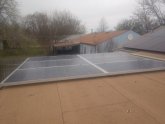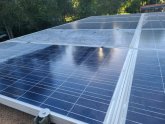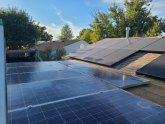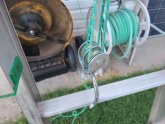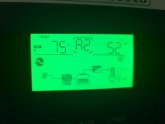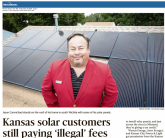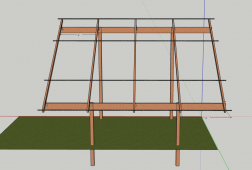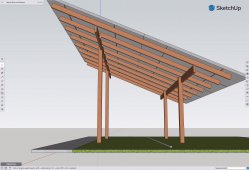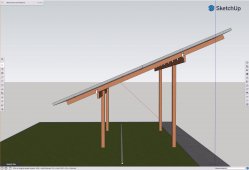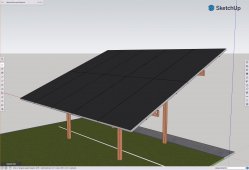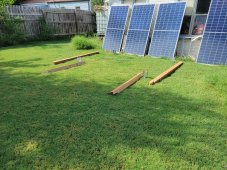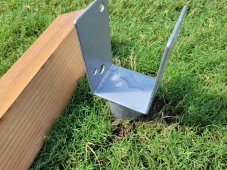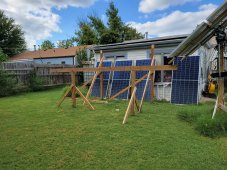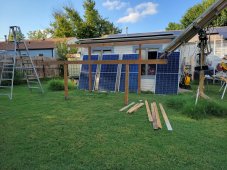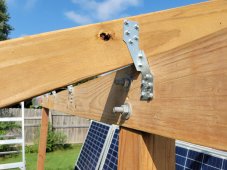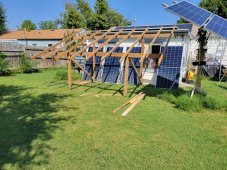jasonhc73
Cat herder, and dog toy tosser.
Does it matter which four points I use to mount my panels to the crossbars?
I took out my cad program and setup these models...
My roof is less than 5° tilt, so basically flat.
(I bought 12, and did a really dumb thing, I forgot I only have room for 8)
77x39 panels, so these models are close enough to scale.
Horizontal vs Vertical.

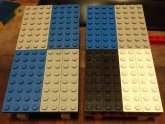


double crossbars VS single crossbars


Mid vs edge.


Does it matter?
I took out my cad program and setup these models...
My roof is less than 5° tilt, so basically flat.
(I bought 12, and did a really dumb thing, I forgot I only have room for 8)
77x39 panels, so these models are close enough to scale.
Horizontal vs Vertical.



double crossbars VS single crossbars


Mid vs edge.


Does it matter?



